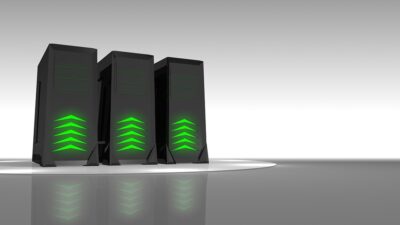Mixed reality (MR) has emerged as one of the most fascinating technological advancements of the 21st century, bridging the gap between physical and digital environments. Initially popularized through gaming, applications of mixed reality have diversified significantly, permeating various industries including education, construction, and healthcare. The versatility of mixed reality applications has reshaped how professionals and consumers interact with both virtual and physical worlds, driving innovation in ways previously unimaginable.
The Evolution of Mixed Reality in Gaming
The gaming industry has been the first to fully harness the potential of mixed reality. Games like Microsoft’s Halo: Recruit and Pokémon GO provided an interactive experience that combined physical movement with digital interaction. These games not only entertained but also illustrated the potential for mixed reality to create immersive environments, making players feel as though they were part of the game.
MR technologies like virtual reality (VR) headsets and augmented reality (AR) devices have allowed players to step inside games, engaging with virtual characters and environments seamlessly. The success of these applications laid the groundwork for their exploration in other fields.
Expanding Horizons: Mixed Reality in Education and Training
Following its success in entertainment, educators and trainers began leveraging mixed reality to enhance learning experiences. MR applications facilitate interactive courses, allowing students to immerse themselves in complex subjects. For instance, medical students can conduct virtual dissections, exploring the human body in a detailed, three-dimensional space. This not only boosts comprehension but also mitigates the ethical concerns associated with traditional dissection methods.
Moreover, training simulations in industries such as aviation and engineering utilize MR to create realistic scenarios without the risks attached to real-world training. Trainees can practice skills in a safe environment, receiving immediate feedback that enhances learning outcomes.
Transforming Healthcare: The MR Revolution
Perhaps one of the most impactful applications of mixed reality is in the healthcare industry. Medical professionals and researchers are increasingly employing MR technologies to improve patient care and enhance medical training. One notable example is surgical planning and assistance. Surgeons can visualize critical medical data—like CT scans or MRI images—layered over the patient in real-time, optimizing surgical precision while minimizing risks.
Beyond surgery, MR facilitates patient education. Healthcare providers can use AR applications to explain complex conditions and treatment plans to patients more intuitively. By visualizing their anatomy and medical data, patients can better understand their health, contributing to improved treatment adherence.
Challenges and Future Directions
Despite its many applications, the widespread adoption of mixed reality faces several challenges. High costs and the need for ongoing technological improvements can hinder usage, particularly in resource-constrained settings. Additionally, user interface design remains a critical area requiring attention to ensure that MR applications are user-friendly and accessible to all.
Looking forward, the future of MR holds immense promise across various sectors. As technology advances, we can expect more affordable and sophisticated devices that offer seamless integration of digital and physical environments. Innovations such as haptic feedback could enhance physical interactions with MR environments, making experiences even more immersive.
Conclusion
Mixed reality is a transformative technology whose applications extend far beyond gaming. From education to healthcare, its versatility offers unprecedented opportunities for engagement, learning, and improvement in professional practices. As technological barriers diminish and adoption increases, mixed reality is poised to reshape industries, enhancing how we learn, work, and care for one another. The potential is limitless, and as more sectors explore MR applications, the impact on society will be profound and lasting.



